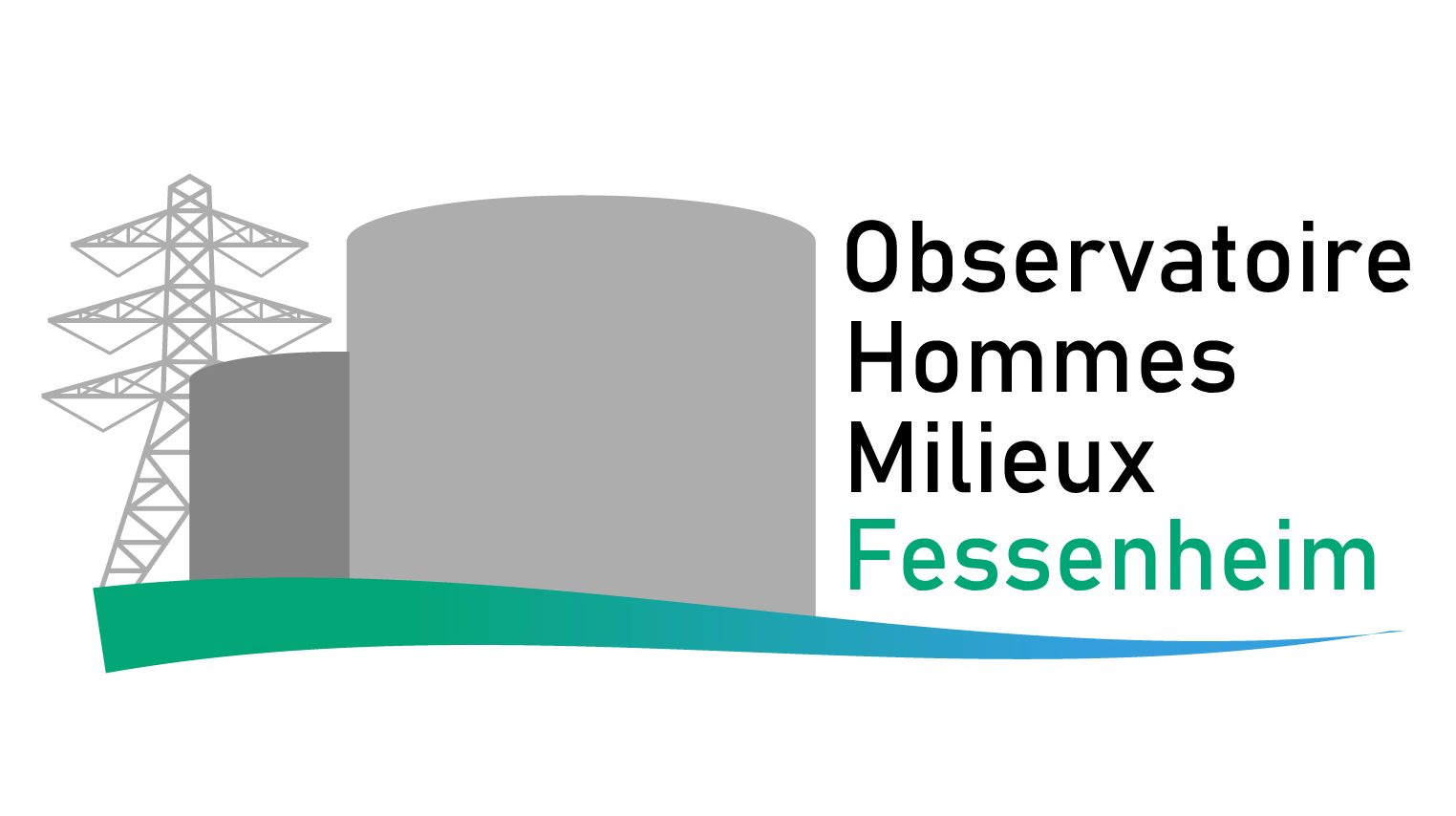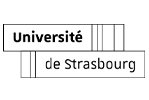Pluri-secular trajectory of the Upper Rhine fluvial hydrosystem through an interdisciplinary study of floodplain fine sediments
Over the last two centuries, hydrosystems have been subjected to significant pressures like engineering works (correction, canalisation, dike and groynes building) and the contaminant releases from industries, urban areas, agriculture, transports. The fine sediments of the floodplains can be an excellent archive of past activities, but its understanding requires a fine interdisciplinary study integrating geomorphological (at different spatial scales), geochemical and geochronological approaches.
Our study focuses on the Upper Rhine between Kembs and Strasbourg, a fluvial section strongly altered by successive engineering works and by the establishment of industries in Basel-Mulhouse, the Fessenheim nuclear power plant, and the rejects of the Alsacian potassium mining upstream. The objective is to study and understand the geochemical variations in time (depending on the depth) and in the longitudinal dimension of the hydrosystem. This study relies on several areas selected with the help of old maps, topographic (Lidar) and limnimetric information and on a penetrometric campaign to spatialize the thickness of fine sediment deposits. Samples were collected from four pits and cores. The fine dating of the deposits is performed using short half-life radionuclides (137Cs, 210Pb) and luminescence methods. The evolution of the geochemical signal obtained by ICP-MS/AES has shown notable enrichments for certain chemical species for which we discuss the natural or anthropogenic origin.




